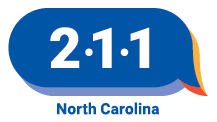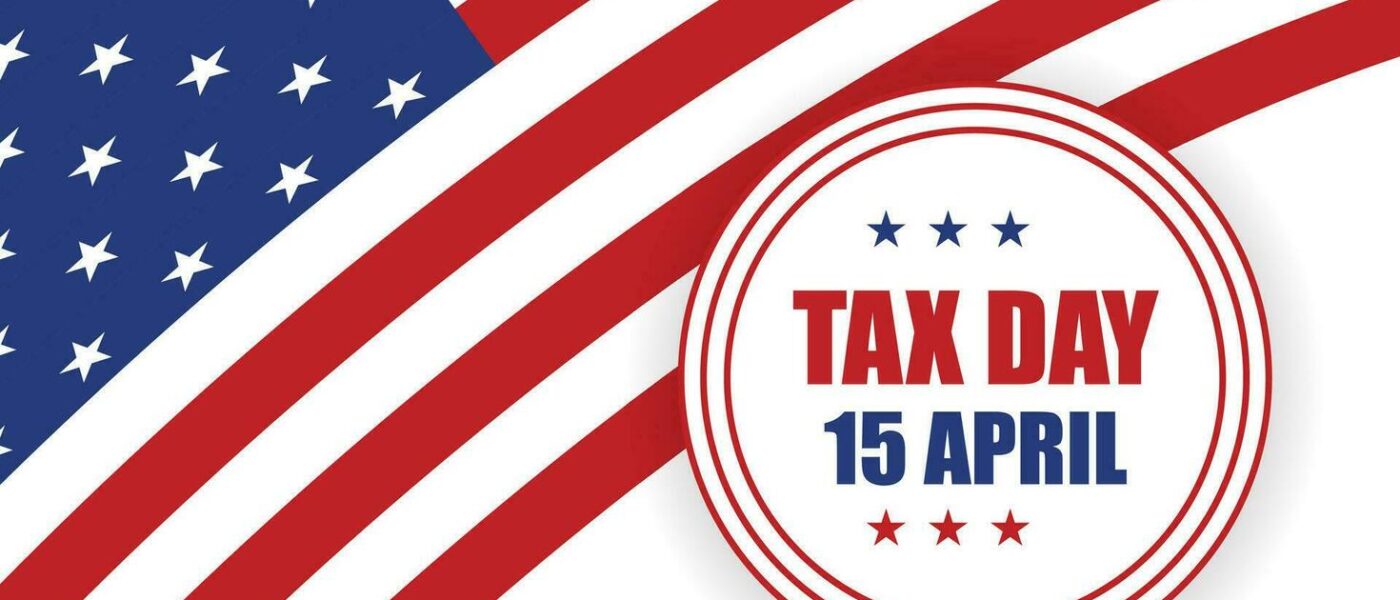April 15, 2024. With the April tax filing deadline here, the Internal Revenue Service highlighted a variety of improvements that dramatically expanded service for millions of taxpayers during the 2024 filing season.
Through Inflation Reduction Act funding, the IRS continued to expand taxpayer service levels not seen in more than a decade with double-digit gains occurring in critical areas. Compared to a year ago, the IRS answered over 1 million more taxpayer phone calls this tax season, helped over 170,000 more people in-person and saw 75 million more IRS.gov visits fueled by a new and expanded Where’s My Refund? tool.
“Taxpayers continued to see major improvements from the IRS during the 2024 tax season,” said IRS Commissioner Danny Werfel. “A well-funded IRS is like night and day for taxpayers. With the help of more funding and added resources, service for taxpayers this filing season eclipsed levels seen during the past decade. This tax season meant real-world improvements for people looking for help, whether calling, visiting in-person or using IRS.gov.”
“We still have much more work to do, both to finish the 2024 tax season as well as put in place continued improvements made possible by Inflation Reduction Act funding,” Werfel said. “But this filing season marks another important chapter where we’ve improved service for taxpayers, continuing an accelerating trend in the story of transforming the IRS.”
Through April 6, the IRS processed more than 100 million individual tax returns. Tens of millions more will come in advance of the April deadline, the busiest time of the year for tax returns. The IRS also projects about 19 million taxpayers will file extensions, which will be due Oct. 15.
Since the start of the January tax season, the IRS has delivered more than $200 billion in refunds through early April. The average refund was $3,011, a 4.6% increase from last April’s average of $2,878.
Here are major filing season numbers in 10 key areas. These numbers, generally from late March and early April, reflect the historic 2024 tax season taking place at the IRS:
- Improved phone service. Continuing a trend seen last year following the addition of 5,000 new telephone assistors, the IRS level of service on its main phone lines reached more than 88%. That’s above the 84% level seen last year and more than a five-fold increase from the phone service levels seen during the pandemic era period, when the level of service was at just 15% in 2022.
- More calls answered. The IRS answered more taxpayer calls on its live assistor lines this year, a 16.8% increase from 2023. IRS assistors handled 7,608,000 calls, up from 6,513,000 the year before. IRS automated lines handled another approximately 7 million calls, 280,000 more than the previous year.
- Faster response times. Taxpayers waited, on average, just over three minutes for help on the IRS main phone lines. This is down from four minutes in 2023 and 28 minutes in filing season 2022.
- More callback options. The IRS offered callback options on 97% of the phone lines this filing season. The agency offered call back for over 4 million taxpayers this tax season, more than double the 1.8 million calls in 2023. This option, offered when phone lines were busy, saved taxpayers nearly 1.4 million hours of wait time on the phones.
- More in-person help. The IRS helped 170,000 more taxpayers in-person this filing season than in 2023. IRS employees at Taxpayer Assistance Centers (TACs) served 648,000 taxpayers this year, up from 474,000 in 2023, a 37% increase.
- Expanded in-person hours. The IRS added extended hours at 242 TAC locations across the nation, generating more than 11,000 extra service hours for taxpayers during the 2024 filing season. In addition to extended service hours, IRS also offered taxpayer assistance on Saturdays in more than 70 locations. These evening and Saturday hours made it more convenient for thousands of hard-working taxpayers to get help.
- Additional free help at volunteer sites. The IRS saw tax return preparation work at volunteer sites increase to more than 2.3 million returns this tax season, up 2000,000 from last year following work at Volunteer Income Tax Assistance (VITA) and Tax Counseling for the Elderly (TCE) sites.
- More taxpayers file for free. In addition to volunteer sites, the IRS saw more taxpayers file for free this year; in all, there were over 450,000 more returns filed between volunteer sites, Direct File and Free File. The new Direct File pilot, offered on a limited basis in 12 states, generated more than 60,000 tax returns after opening widely in mid-March. At the same time, the IRS partnership with the Free File partners offering free private-sector software via IRS.gov saw growth with more than 2 million tax returns filed, an increase of 11.2% or more than 200,000 more Free File returns than 2023.
- Higher usage of IRS.gov. Driven by increased use of the expanded information on the Where’s My Refund? for the 2024 filing season, IRS.gov saw large increases in traffic. The website had nearly 500 million visits, an 18% increase. And Where’s My Refund? accounted for more than 275 million of those visits, up 62 million from 2023 representing a 29% increase.
- More chatbot use. The IRS saw more use of its virtual assistant tool on key IRS.gov pages. There were 832,000 uses this filing season, up nearly 150% from 330,000 uses in 2023.
“These numbers illustrate the strength of this year’s filing season, but the IRS needs to continue working hard to make more improvements and continue transforming to serve taxpayers – not just through the April tax deadline but throughout the year and into the future,” Werfel said.
With the April deadline approaching, the IRS reminds taxpayers there are many ways to get last-minute help. They can visit the special free help page on IRS.gov.
For taxpayers who need an extension of time to file their taxes, there are several options to get an automatic extension through Oct. 15. Although an extension grants extra time to file, it does not extend the obligation to pay taxes due on April 15, 2024. To avoid penalties and late fees, taxpayers who owe should pay either their full tax bill or at least what they can afford to pay by the April 15 deadline.
The IRS estimates 19 million taxpayers will file for an automatic extension.
Taxpayers in Maine and Massachusetts have until April 17 to file and pay taxes due this year. This is because these states observe the Patriots’ Day holiday on April 15 this year and April 16 is the Emancipation Day holiday in the District of Columbia.
The original article can be found here.


